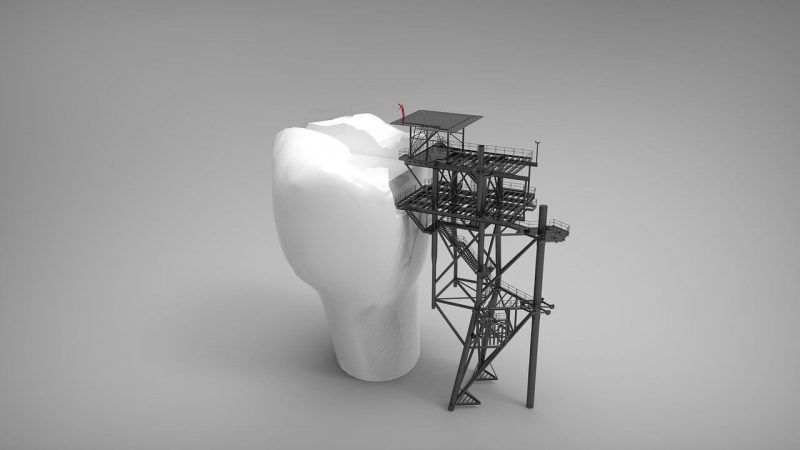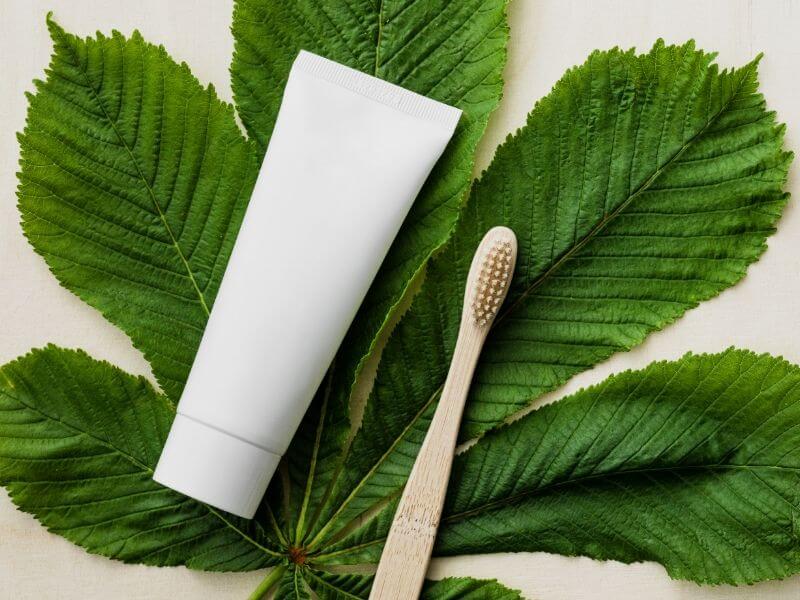Cavities are a common dental problem. Everyone is likely to suffer from a cavity at some point in their lifetime. While cavities are a common dental condition, knowing the signs of a cavity can help you seek early treatment and avoid possible tooth loss. In addition, understanding what causes a cavity can help reduce your risk of having a cavity, and prevent dental damage that cavities can cause. At Soundview Family Dental, we encourage regular dental care, dental exams, and fluoride treatments to reduce your risk of cavities. But, when you think you may have a cavity, we’re also here to help.
Key Takeaways
- Cavities are the destruction of tooth enamel, which can lead to tooth loss if left untreated.
- Cavities form when bacteria in the mouth feed on food particles and create plaque, which can harden into tartar.
- Cavities can be prevented by regular brushing, flossing, and dental exams, especially after meals.
- Signs of a cavity include tooth discoloration, black spots or holes, sensitive teeth, toothaches, and pain when eating.
- Early detection and treatment of cavities can prevent the need for more extensive dental procedures like root canals and crowns.

What is a Cavity?
A cavity is the destruction of the outer layer of the tooth, or the enamel. This destruction exposes your inner tooth to damage and, if left untreated, cavities can lead to complete tooth loss. You’ve probably heard that regular brushing and flossing, especially after meals, can help reduce your risk of developing a cavity. But why does that make a difference? To better understand this, let’s look at what causes a cavity and how they form.
How does a cavity form?
When you eat and drink, you’re not just feeding your body. Your mouth is filled with naturally occurring bacteria, and when you eat or drink, you are also feeding that bacteria. This is especially true when you eat foods and beverages high in sugars and starches. When food and drink particles remain on or stuck between your teeth, the bacteria feed on it. When this occurs, it creates a clear sticky film known as plaque. If the plaque remains on your teeth, it can harden into a substance known as tartar or calculus. This can occur under or above the gum line. This tartar makes plaque more difficult to remove and becomes a shield for bacteria.
Plaque is very acidic and works to remove minerals in the enamel of your teeth. This creates tiny openings in the enamel that expose the dentin, or inner surface of the tooth. When this occurs, bacteria can enter the dentin and further damage your tooth, often resulting in tooth sensitivity or pain. If left untreated, bacteria will continue to move deeper into the tooth until it reaches the pulp where the nerve endings and blood vessels are. This can lead to extreme pain and swelling.
While cavities can occur anywhere on a tooth, there are areas that are more prone to cavity development. These include:
- Chewing surfaces of the molars – these surfaces have grooves and crevices that can trap food particles and increase the risk of bacteria growth.
- Between your teeth – food particles can easily become trapped between teeth and increase the risk of bacterial growth. This is one reason flossing is so important.
- Near the gum surface – At the bottom of your teeth, near the gumline, is an area where bacteria can collect.
Visible signs that you May have a cavity
A cavity is a hole in your tooth. However, cavities are not always visible to the naked eye. Even a small hole can be enough to let bacteria in. In many cases, you may experience symptoms of a cavity before you can even see them. However, there are physical signs that can indicate the presence of a cavity. These can include:
- Tooth Discoloration – In many cases, tooth decay and cavities lead to tooth discoloration. If you are noticing a slight color change or a dark area forming on the surface of a tooth, chances are you may have a developing cavity.
- Black Spots or Holes – In the early stages of a cavity, there is often little to no discoloration. However, as a cavity progresses, you may see black spots on the surface of your tooth or open holes in your tooth.
If caught early, cavities can be treated with fillings. However, extensive tooth damage can lead to the need for a root canal and crown in order to save the tooth. If left untreated, cavities can lead to complete tooth loss.
Other signs that you May have a cavity
While the previously discussed physical changes to your teeth can be signs of a cavity, often you will experience symptoms of dental decay long before you can visibly see a cavity. While everyone’s experiences are different, some signs of a possible cavity can include the following symptoms.
Sensitive teeth
As cavities develop, they create tiny holes in the enamel of your tooth. These holes expose the dentin of your teeth. With the dentin exposed, you can experience tooth sensitivity to hot, cold, or sweet foods. These foods can stimulate cells and nerves within the dentin that can lead to discomfort.
Toothaches or headaches
Toothaches or regular headaches can often be the first sign of a cavity. As the cavity exposes the dentin and nerves of your teeth, this can lead to discomfort. When left untreated, a cavity can cause an infection or abscess in the tooth. This can contribute to pain, pressure, and swelling in your tooth or surrounding gum tissue. In some cases, this can contribute to severe headaches or pain and pressure in your ear.
Pain when eating
While a constant toothache doesn’t always occur, you may experience pain when chewing and eating. As the bacteria eats away at your tooth, it can cause swelling and inflammation. When you bite down or chew, this places additional pressure on already swollen tissue and can result in pain or discomfort.

Cavity prevention
While cavities are a common dental concern, there are things that you can do to reduce the risk of cavity development. These include:
- Practice Good Oral Hygiene – This includes regular brushing with fluoride toothpaste and flossing. This is especially important after eating to help remove food and beverages that contribute to cavity development. If you are at high risk for cavities, your dentist may also recommend regular use of a fluoride rinse.
- Get Regular Dental Exams and Cleanings – Regular dental visits allow your dentist to monitor potential issues before they contribute to cavity development or treat cavities early. Regular cleanings help to reduce plaque and tartar on the teeth. During a cleaning, your dentist may also recommend a fluoride treatment.
- Consider Dental Sealants – Dental sealants provide a protective layer to the chewing surface of the teeth. Sealants do not last forever and may need reapplication every few years.
- Drink Tap Water – Many community water supplies contain added fluoride which can help to reduce tooth decay.
- Avoid Frequent Snacking and Sugary Drinks – If you frequently snack or sip sugary drinks throughout the day, you increase your risk of bacterial growth that can contribute to cavity formation. Consider sipping water throughout the day, limiting your snacks, or brushing your teeth after snacking.
- Eat Foods Good for Your Teeth – Instead of reaching for a candy bar at snack time, consider foods that benefit your teeth. For example, fruits and vegetables help to stimulate the flow of saliva. This helps wash away food particles and helps to decrease the risk of bacterial growth. Sugar-free gum is also a great alternative that helps remove food particles from the surface of your teeth.
At Soundview Family Dental, your dental health is our number one priority. If you are experiencing any of these symptoms or if you think you may have a cavity, contact us today to schedule an appointment.


